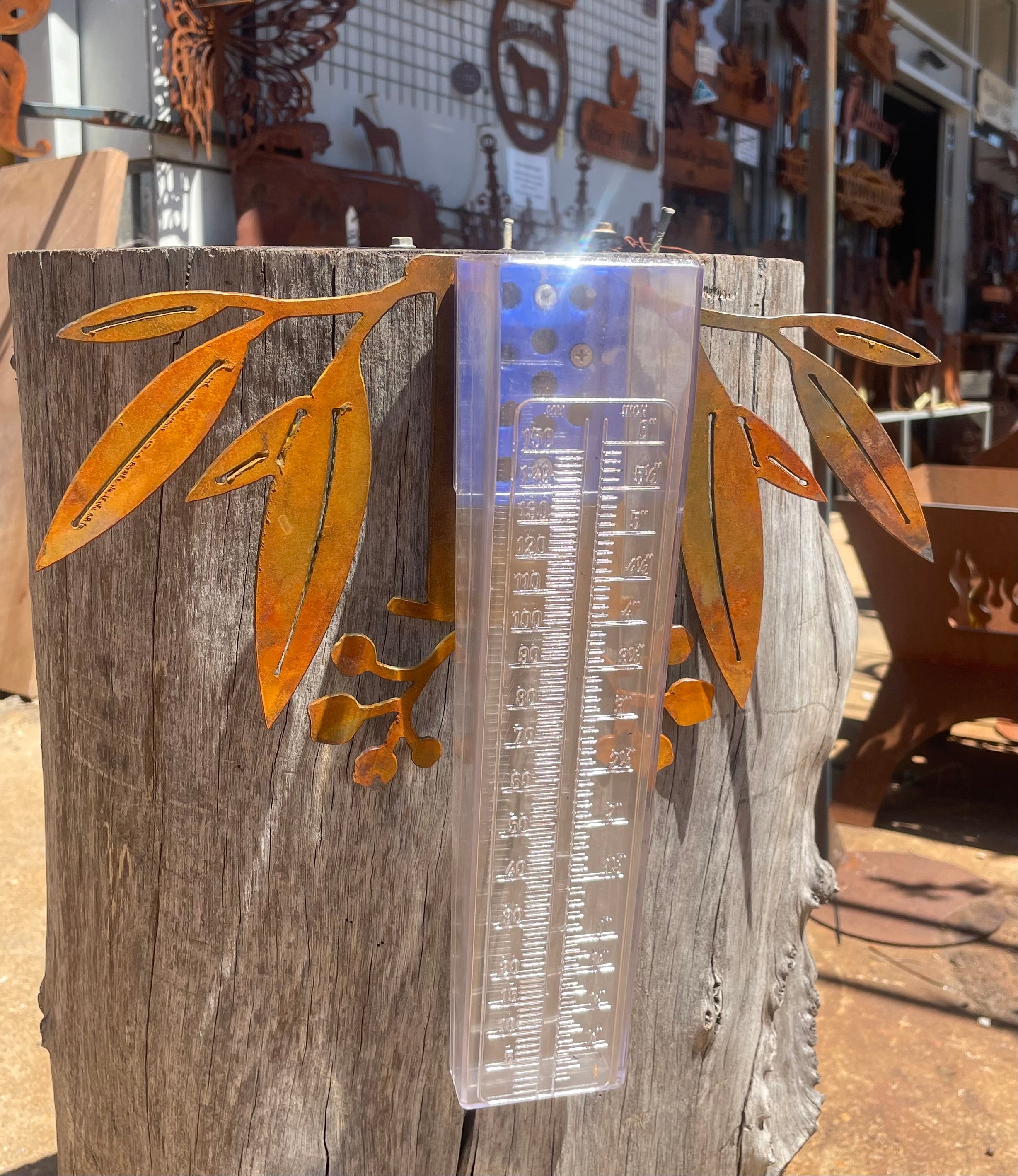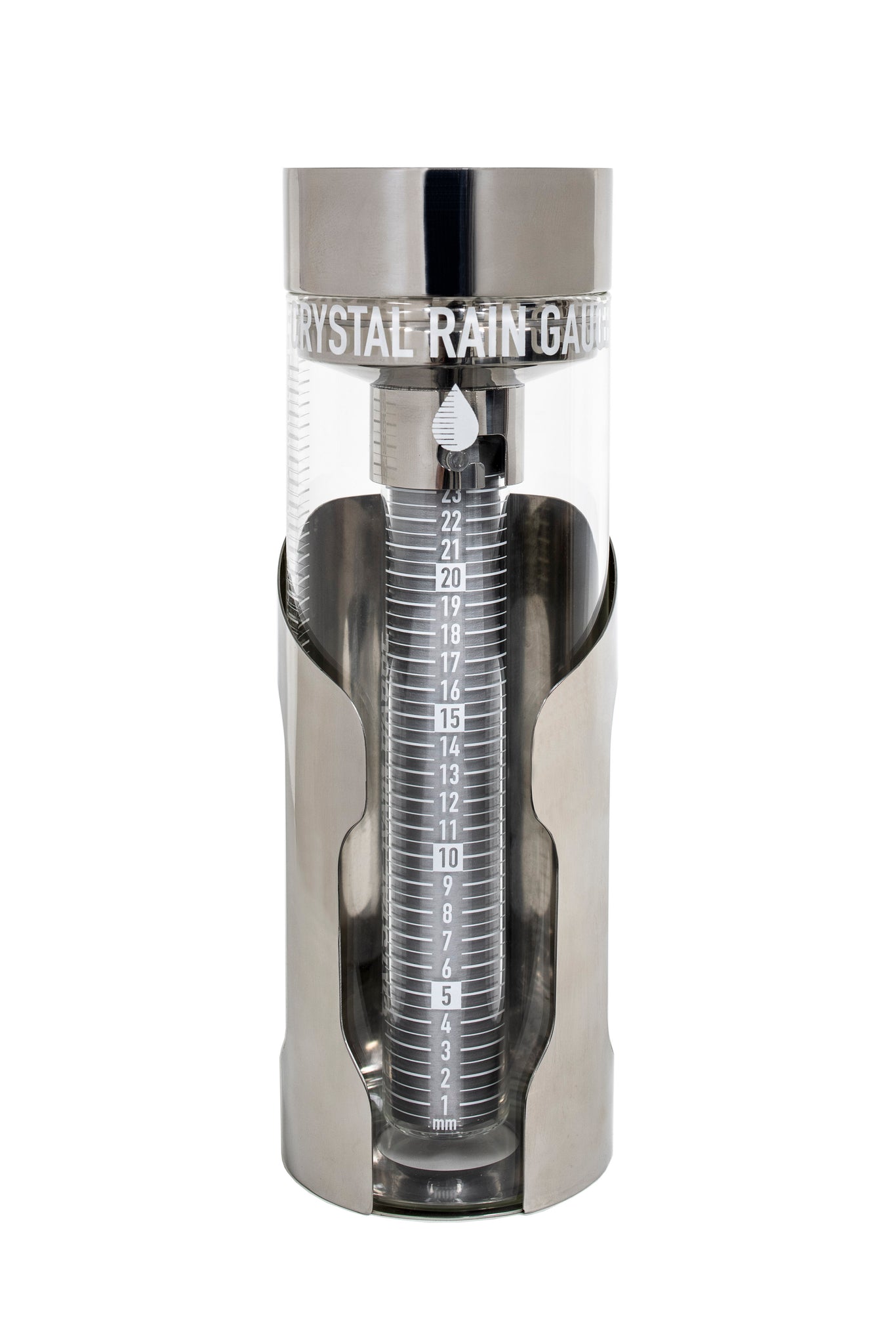Discover the most effective Rain Gauge for Accurate Weather Measurement and Forecasting
Unveiling the Science Behind Rainfall Determines: How These Tools Play a Vital Duty in Climate Research and Ecological Surveillance
Rain gauges, relatively easy tools, hold a profound relevance in the world of environment research and environmental monitoring. As we peel off back the layers of this clinical veil surrounding rainfall gauges, we reveal a world where accuracy, information accuracy, and meticulous observation assemble to reveal a much deeper understanding of our changing climate and its influence on the planet.
Value of Rain Scales
Rainfall determines play an essential function in tracking and gauging precipitation levels, giving crucial data for environment research and evaluation. These gadgets are essential in evaluating the amount of rainfall that takes place in a specific area over a certain duration. By accumulating and measuring rainwater, rainfall determines deal beneficial insights into the circulation and strength of precipitation, assisting meteorologists, hydrologists, and climatologists in comprehending climate patterns and fads.
One of the vital reasons rainfall determines are important is their capability to give accurate and localized data. Unlike satellite or radar-based measurements, which offer wider observations, rain gauges offer specific details details to the place where they are put. This localized data is important for different applications, including flooding forecasting, drought surveillance, and water source management. Furthermore, long-lasting data accumulated from rain determines helps in analyzing environment change impacts and patterns, adding substantially to scientific research and decision-making procedures. Basically, rain gauges act as necessary devices in the area of weather forecasting and environmental science, playing an essential function ahead of time our understanding of weather condition and climate dynamics.
Kinds Of Rain Gauges

Performance and Procedure
In the realm of climate study and meteorological research studies, the effectiveness of rain assesses lies in their intricate capability and exact functional mechanisms. Rain assesses are designed to precisely gauge the amount of precipitation that falls over a details area throughout a set period.
The capability of rain assesses is based upon the concept of accumulating and gauging rain in a standardized fashion. This gathered data is important for comprehending regional weather condition patterns, tracking long-lasting climate fads, and examining environmental effects. To make sure precise dimensions, rainfall assesses demand to be tactically put in open areas away from obstructions such as structures or trees that can conflict with the collection procedure.
The functional facet of rain evaluates includes routine upkeep to protect against particles accumulation, calibration checks to keep measurement precision, and data recording for analysis (rain gauge). important source Generally, the capability and operation of rain evaluates are vital for collecting trustworthy rainfall data see this website vital to climate research study and ecological surveillance
Duty in Climate Research Study
Given the critical significance of precise rainfall dimensions in understanding weather patterns and ecological influences, the duty of rainfall determines in environment research is essential. Rainfall determines supply necessary data for climate research by measuring the quantity of precipitation that tips over a details area during an offered period. This information is important for monitoring long-lasting patterns in rainfall patterns, examining the impact of environment modification on rains distribution, and boosting environment designs.

Environment scientists use information accumulated from rainfall determines to examine variants in precipitation degrees, determine regional climate trends, and evaluate the performance of water source management techniques. By contrasting historical rainfall information with present dimensions, scientists can spot changes in precipitation patterns, such as modifications in the frequency or intensity of rainfall events. This information is vital for recognizing how climate adjustment is influencing precipitation characteristics and can assist policymakers make notified choices concerning adjustment and reduction methods.
Applications in Ecological Tracking

In flood forecasting, rain scale data aids to track rainfall strength and distribution, permitting authorities to release timely warnings and take necessary measures to mitigate flood risks (rain gauge). Dry spell tracking depends on rainfall scale information to analyze dampness degrees in the dirt and track precipitation deficiencies, assisting in the identification of drought-prone areas and the application of drought action techniques
Moreover, rain scale information plays an important duty in water source monitoring by providing information on water schedule and usage fads. In addition, in farming, rainfall scale information assists farmers in maximizing irrigation timetables, plant selection, and general farm administration techniques based on neighborhood rainfall patterns.
Verdict
In verdict, rainfall determines are necessary devices for measuring precipitation, giving beneficial data for climate research and ecological tracking. With various types and capabilities, rainfall determines play an essential duty in understanding rainfall patterns and their effect on the setting. By accurately gauging rainfall, these gadgets contribute to the improvement of clinical expertise and help in making informed decisions pertaining to water resource monitoring and catastrophe preparedness.
Rainfall gauges play a crucial role in surveillance and determining precipitation degrees, providing vital data for environment research study and evaluation. The common rainfall this website gauge, recognized as the "tipping container" scale, is one of the most commonly made use of devices. Ultrasonic rainfall gauges usage noise waves to find the visibility of rain, giving real-time data on rainfall levels.Environment researchers use information gathered from rain determines to assess variations in precipitation levels, identify regional environment fads, and evaluate the performance of water resource monitoring techniques.In verdict, rainfall assesses are crucial tools for determining rainfall, offering valuable information for climate research study and ecological monitoring.